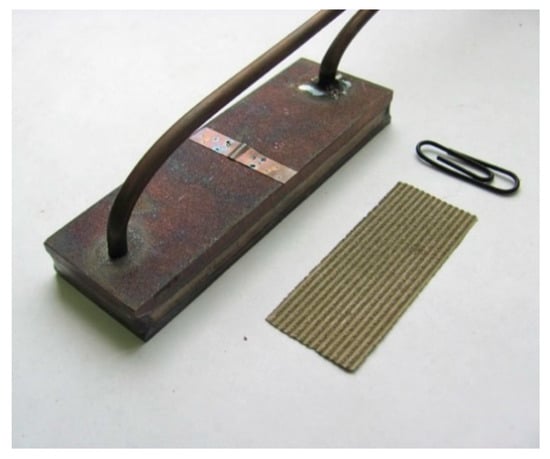

A two-dimensional representation of the framework structure of zeolites. Tetrahedral arrangement of the Si-O and Al-O bonds forming a unit block of a zeoliteįigure 1.3. These ions are found on the external surface of zeolite, bound with the aluminosilicate structure by weaker electrostatic bonds. Li +, Mg 2+, Sr 2+ and Ba 2+ are also found in some zeolites. The resulting negative sites are balanced by counterions which are usually alkaline or alkaline earth metals, such as Na +, K + or Ca 2+ in most cases. This charge arises from the difference in formal valency between the (AlO 4) 5- and (SiO 4) 4- tetrahedrons and is normally located on one of the oxygen anions connected to an aluminium cation. Some Si 4+ ions are substituted by Al 3+ ions, resulting in a net negative charge in the tectosilicate framework (Figures 1.2 and 1.3). Tetrahedral arrangement of the SiO 4 and AlO 4 molecules forming unit blocks of a zeolite

In this arrangement of atoms, each tetrahedron consists of four O atoms surrounding a Si or Al cation, resulting in a three-dimensional structure of silicate tetrahedra with a Si:O ratio of 1:2.


Each oxygen ion within the Si-O and Al-O bonds connects two cations and is shared between two tetrahedrons (as shown in figure 1.1), thus yielding a macromolecular three-dimensional framework of SiO 2 and AlO 2 tetrahedral building blocks. Chemical Composition All zeolites are composed of an elementary structure of an aluminosilicate framework which comprises of a tetrahedral arrangement of silicon cations (Si 4+) and aluminium cations (Al 3+) that are surrounded by four oxygen anions (O 2-). Once dehydrated, gas or liquid molecules that are small enough to pass through the channel openings may be sorbed to the inner zeolite structure, whereas larger molecules are excluded. Molecular sieves only allow molecules of a certain size (equal to, or less than the pore size) to pass through entry channels, whereas molecules larger than the pore size are excluded. Heating or dehydrating zeolites results in high void volumes, which impart to the zeolite the so called ‘‘molecular sieve’’ and adsorbent properties. These Si-O bonds are arranged in a three-dimensional structure of silicate tetrahedra, leading to the presence of open cavities in the form of channels and cages, which are usually occupied by H 2O molecules and extra-framework cations that are commonly exchangeable. These cavities result from the structural composition of zeolites, which is characterized by a framework of linked tetrahedra, each consisting of four O atoms surrounding a cation – usually Si. The water molecules that are lost on heating have been adsorbed in the pores and cavities (of dimensions ranging from 0.3 nm to 1.0 nm) present in the zeolites’ crystalline structure. He observed that upon heating this mineral steam was released, as water evaporated and the zeolite seemed to be boiling because of the rapid water loss. It was given to this type of substances in 1756, by a Swedish mineralogist named Axel Fredrik Cronstedt, who discovered them and their trait of intumescence. The word zeolite is formed from two Greek words “zeo” = boil & “lithos” = stone to mean boiling stones. Upon reaching the sea, the hot lava, water and the salt from the sea undergo reactions which, over the course of thousands of years, have led to the production of crystalline solids known as zeolites. In cases where such locations are on an island or near an ocean, the ejected lava and ash often flow into the sea. Volcanoes normally occur where tectonic plates are diverging or converging. When volcanoes erupt, magma (molten rock within the earth) breaks through the earth’s crust and flows out in form of lava accompanied by gases, dust and thick ash. Introduction Most natural zeolites are formed as a result of volcanic activity.


 0 kommentar(er)
0 kommentar(er)
